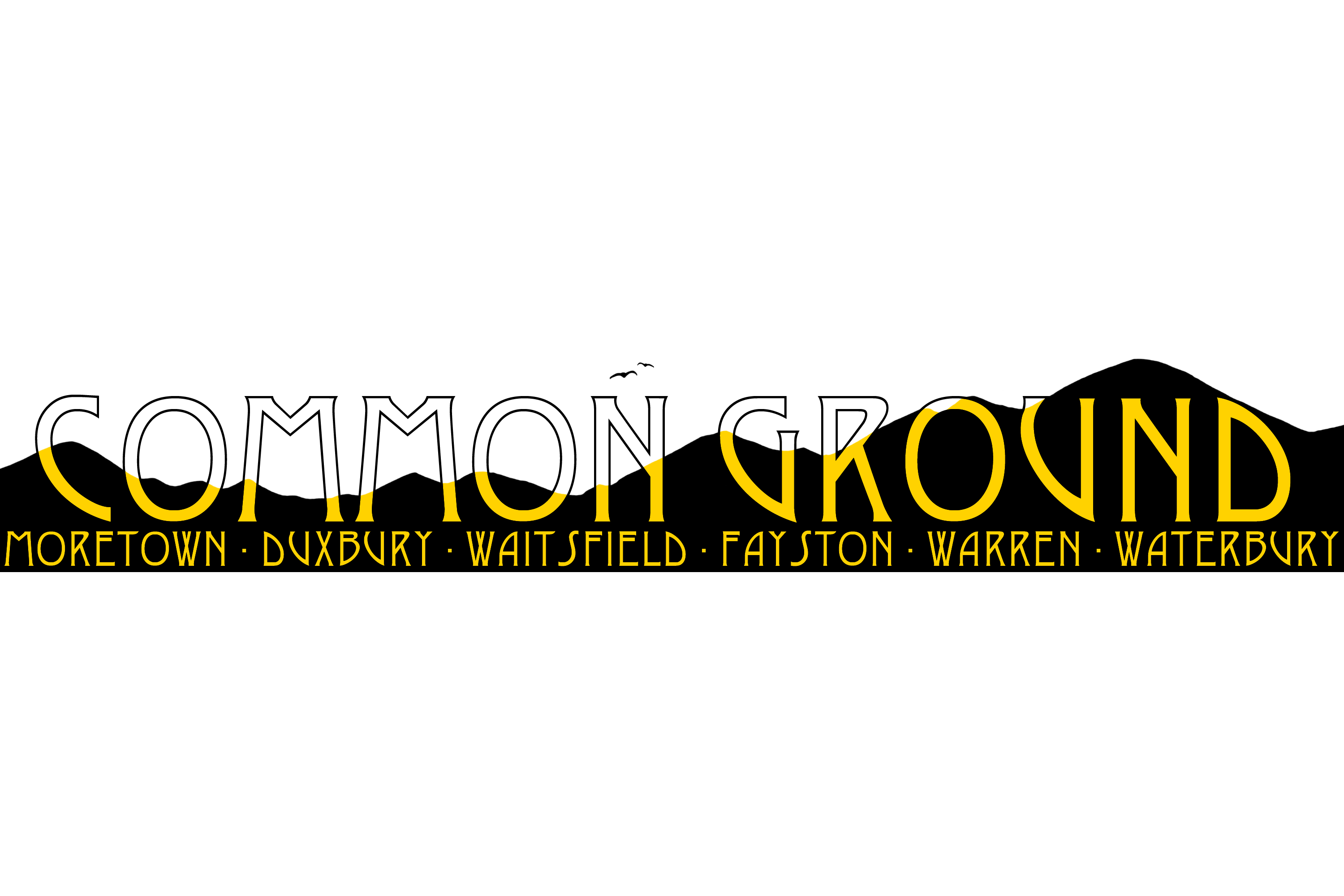Harwood Close-Up: Paul Kramer’s Journey to HCLC
 Paul Kramer with HCLC Students
Paul Kramer with HCLC Students
Paul Kramer was a teacher at a high school in Portland, Oregon who approached education in a unique way. When Kramer came to Vermont, he was hoping to find a program or school that looked at education in a similar way. He considered himself lucky to see an opening as a humanities teacher at the Harwood Community Learning Center (HCLC), and he jumped on it.
When Kramer first started teaching, he focused on a set curriculum in English around specific books and strict writing prompts. It may have been successful for many, but Kramer noticed that a certain segment of his students checked out. This observation provoked him to reassess his teaching style and how to engage with all students.
Kramer recalled a certain educational philosopher that he studied, John Dewey. “It wasn’t until I kind of reacquainted myself with Dewey that I realized experiential education and interest-based education can potentially tap into the ambivalence or kind of uncertainty that many students who were checked out felt towards school,” said Kramer.
This experience transferred nicely to the new position with the HCLC program, and it was inspiring. “What I love most about my students at HCLC is I learn from them in their interests,” said Kramer. “They tell me what they need in regard to staying motivated around academics. They don’t just smile and nod. They give me honest feedback.”
The students at HCLC have their own individual projects which serve as the backbone of the program. There are core academic studies and humanities, but “the project itself is where the magic happens.”
The students get to manage most aspects of these projects. “They have to manage due dates, performance indicators, their paths of inquiry and the things they’re exploring, a product they’re creating that is authentic,” said Kramer. “They also have to manage the presentation and defend their idea.”
The new students at HCLC go through a group project first, which entails something to support or improve the program itself. Then they are released to run individual projects with an understanding of what is involved. The goal is to get young people out doing things that are real and apply academic skills learned through HCLC to these projects.
HCLC aims to build a community within the program, but it also promotes the students’ engagement in the external community. This happens through interviews with experts in the students’ project field, visits to the community for career planning and creating connections with speakers who are well-informed on local issues within the HCLC’s subject areas. The goal is to engage Harwood students with the community and explain what issues are important to students, hopefully creating a bridge between the two.
The Farm to School initiative is an example of something the HCLC is interested in and encourages HCLC students with an interest in agriculture to engage with. Some students have worked with Living Tree and Green Mountain Harvests, a hydroponics outfit in Waitsfield.
“To me, [Farm to School] is kind of a culmination of all my interests and professional pursuits,” said Kramer. “It is also an opportunity for me to get students to think about the bigger connections in the world in a way that is fun and delicious.”
*For an in-depth look at Farm to School, check out How a can-do attitude led to “Farm to School” in this edition!*


